 |
Realistic, Hardware-accelerated Shading and LightingWolfgang Heidrich, Hans-Peter SeidelMax-Planck-Institute for Computer Science Saarbrücken, Germany |

| ||
 |
Realistic, Hardware-accelerated Shading and LightingWolfgang Heidrich, Hans-Peter SeidelMax-Planck-Institute for Computer Science Saarbrücken, Germany |

| ||
![]()
![]()
To achieve this flexibility without introducing procedural shading, a sample-based representation of the BRDF seems most promising. However, a faithful sampling of 3D isotropic or 4D anisotropic BRDFs requires too much storage to be useful on contemporary graphics hardware. Wavelets or spherical harmonics could be used to store this data more compactly, but these representations do not easily lend themselves to hardware implementations.
We propose a different approach. It turns out that most lighting models in computer graphics can be factored into independent components that only depend on one or two angles. These factors can be independently sampled and stored in 2-dimensional lookup tables, i.e. textures. By reparameterizing these factors so that they use the cosines of the angles instead of the angles themselves as texture coordinates, texture coordinate computation becomes an inexpensive operation that can be performed by hardware matrix transformations under certain conditions. Please refer to the paper for the details.
The following images show a torus with the Torrance-Sparrow reflection model and several different roughness settings.
![]()
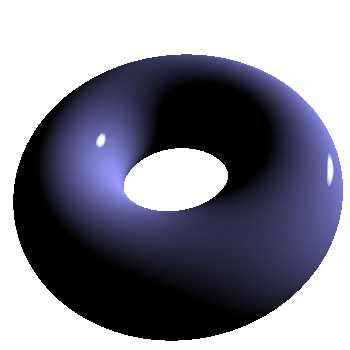 |
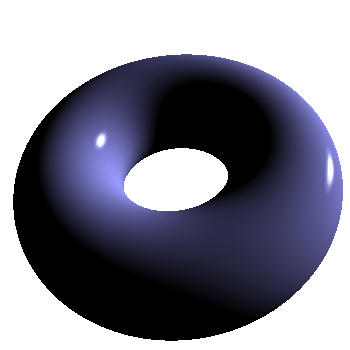 |
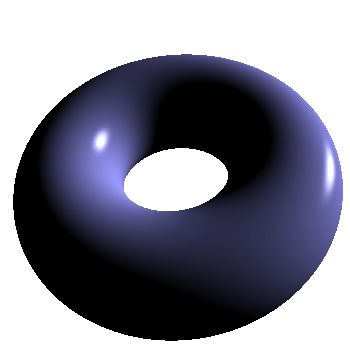 |
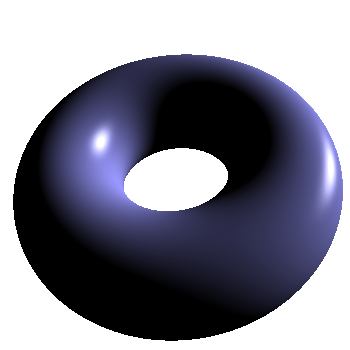 |
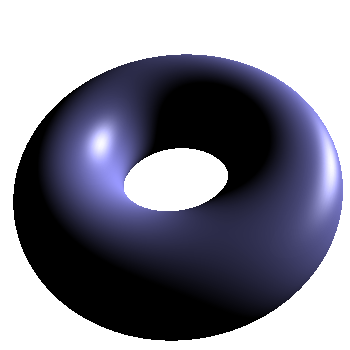 |
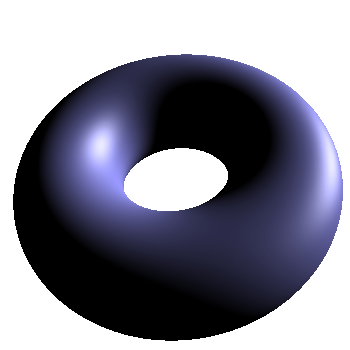 |
![]()
![]()
 |
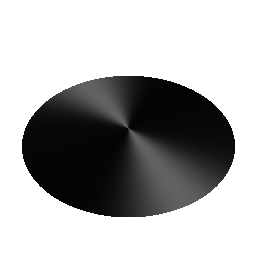 |
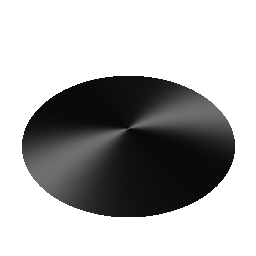 |
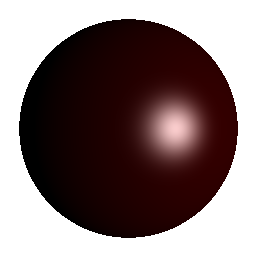 |
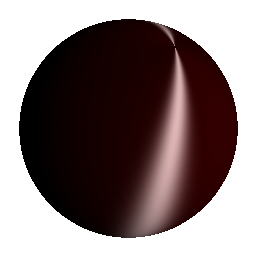 |
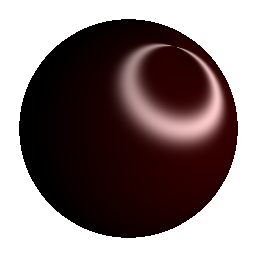 |
![]()